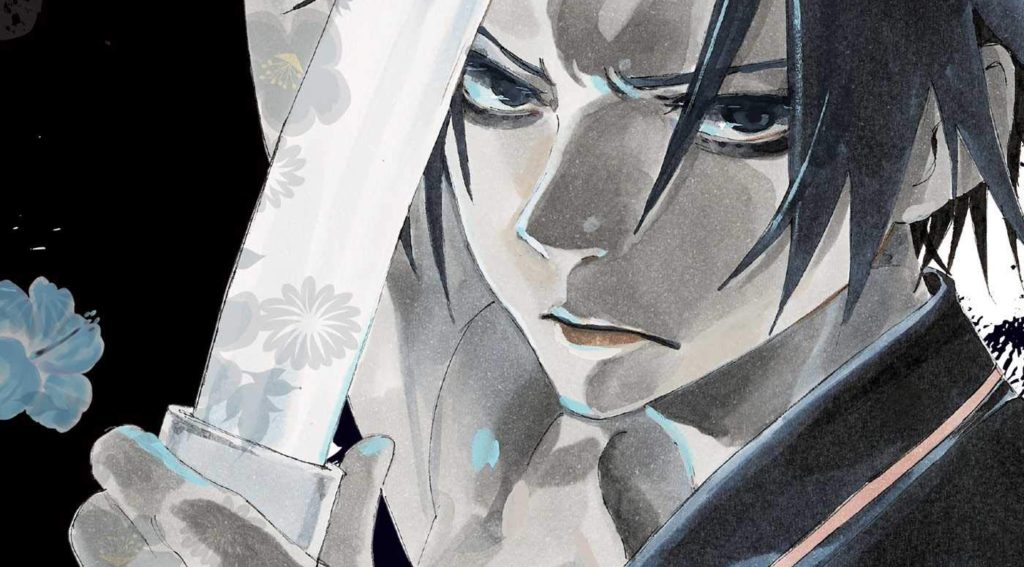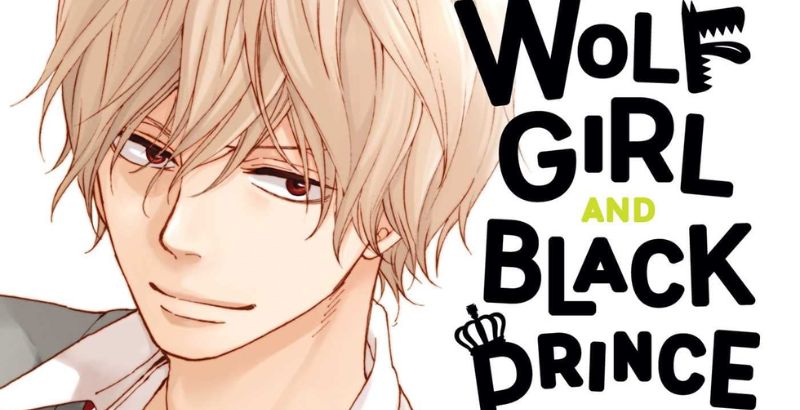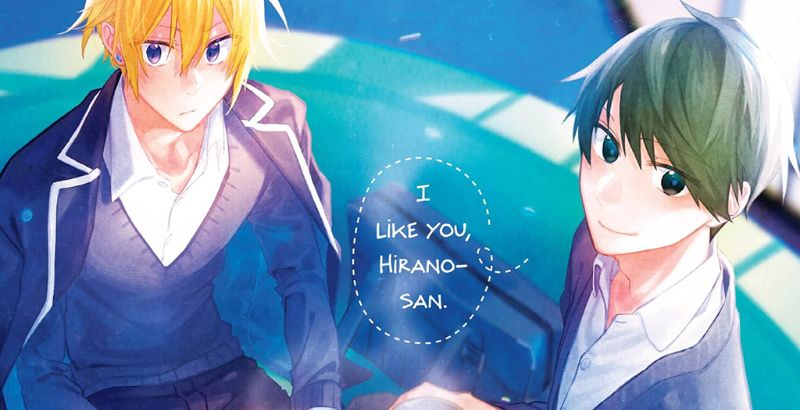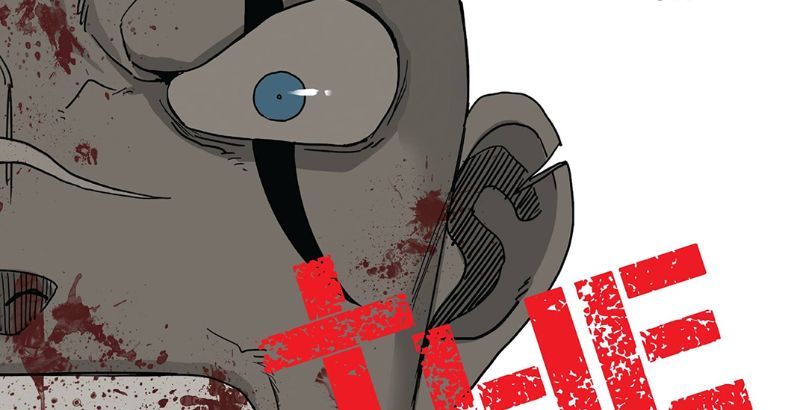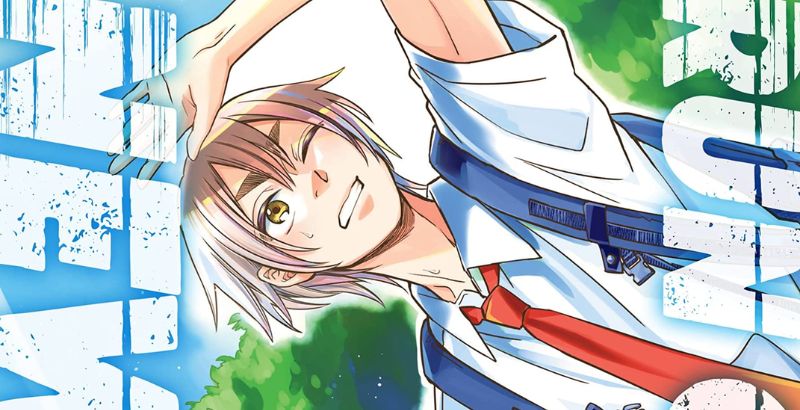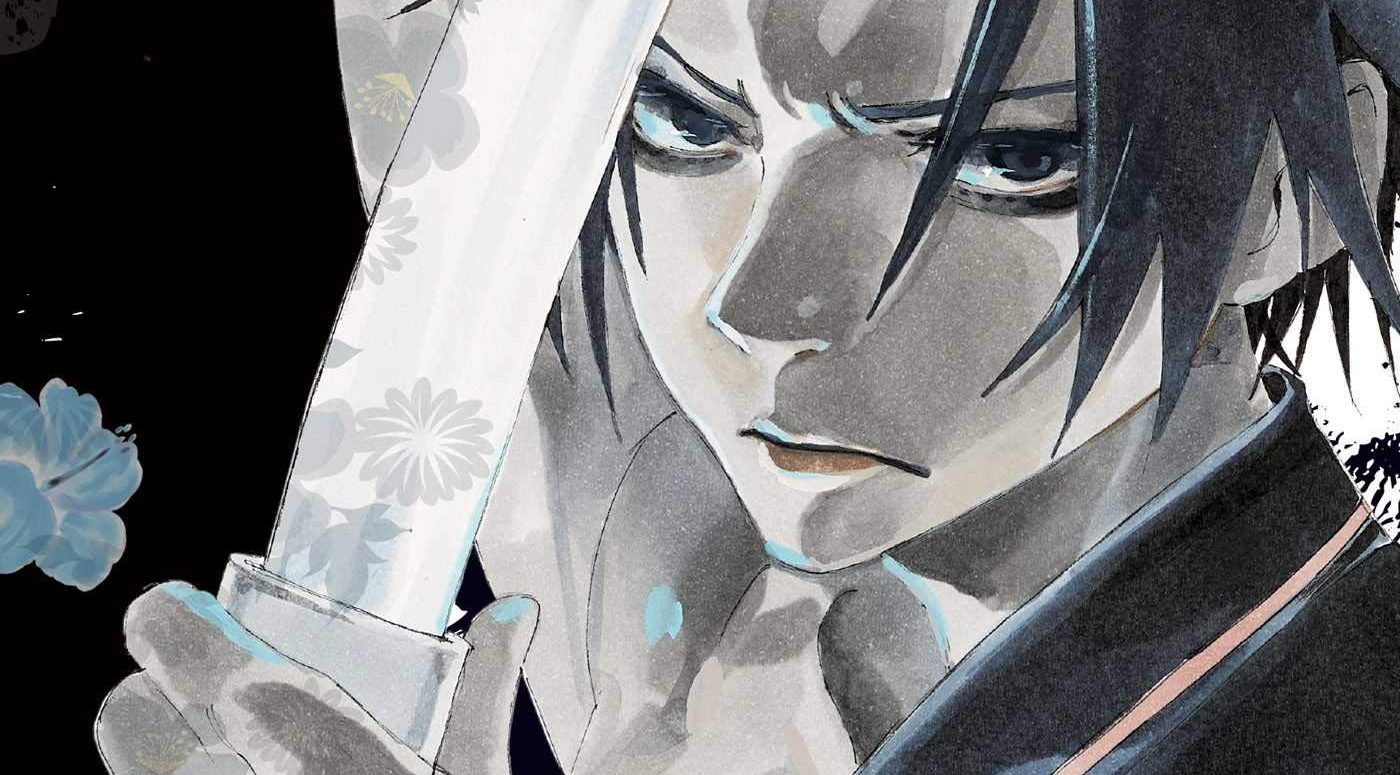
I’ve been singing the praises of Hell’s Paradise: Jigokuraku for some time now, and with each new volume, creator Yuji Kaku gives me more reasons to celebrate this action-horror-fantasy series. The series is published in English by VIZ Media’s Signature imprint and has individual chapters available on Shonen Jump via a web browser. Hell’s Paradise: Jigokuraku Volume 7 is translated by Caleb Cook and features touch-up art and lettering by Mark McMurray.
The last volume ended with the Bandit King Aza Chobe in Lord Tensen’s palace. Now in Hell’s Paradise: Jigokuraku Volume 7, it’s clear that he is a new project for the Tensen to experiment on, and with Chobe’s strength increasing, he’ll do what he needs to save his brother. Simultaneously, a new crew of Yamada Asaemon has come ashore with a full shinobi clan at their backs. We’re introduced to the strongest Asaemon Tao user yet: Shugen.
But while those two storylines are interesting, they aren’t the best or most compelling part of Hell’s Paradise: Jigokuraku Volume 7. That honor goes to our main storyline—a group of Asaemon has come together with their criminals to form a plan to get off the island. With Gabimaru leading one party in infiltrating the palace to search for the elixir of immortality, the other group heads to find and secure an escape route.
Like the volumes before it, Hell’s Paradise: Jigokuraku Volume 7 does a good job of introducing new concepts of Tao usage, explaining them to both the audience and the characters, and then showcasing what they look like in practice. Kaku’s ability to add in copious amounts of exposition to build out the rules that his characters fight by is not only overt but well executed. As the character who understands the rules explains it to those who don’t, readers learn, and then with Kaku’s artistry, it is shown.
In fact, this volume presents readers with a complete understanding of how Tan is harvested (complete with a grotesque tree made of corpses) and the concept of how elements play into the use of Tao and the destruction of other Tao-users. While these pages are dense with text, it never feels like too much. While some panels are wordy, others have little to no words and showcase Kaku’s illustrations in all their beauty.
Since the beginning of the series, Kaku has illustrated terrifying monsters inspired by the sacred. That creative mind gives birth to some of his most striking creations in Hell’s Paradise: Jigokuraku Volume 7. Additionally, Kaku’s strong use of black in his work has a richness that strikes as more than just darkness. The most beautiful display of this is when Gabimaru uses his Tao to see in the dark, perceiving the shapes of the palaces and those guarding it.
In these moments, there is a beautiful balance of pure black background and delicate white outlines that are both thoughtfully placed and messy like paint splatters. There is an emotive quality to Kaku’s art that brings out the beauty and the horror, eliciting a visceral reaction from the reader.
Truthfully, there is nothing out like Hell’s Paradise: Jigokuraku. Kaku understands action, body horror, monsters, and how to build out a world that his reader doesn’t understand. Hell’s Paradise: Jigokuraku Volume 7 is yet again a phenomenal volume that pushes Kaku’s artistry and raises the stakes for our band of executioners and criminals.
Hell’s Paradise: Jigokuraku Volume 7 is available wherever books are sold on March 16, 2021.
Hell's Paradise: Jigokuraku Volume 7
TL;DR
Truthfully, there is nothing out like Hell’s Paradise: Jigokuraku. Kaku understands action, body horror, monsters, and how to build out a world that his reader doesn’t understand. Hell’s Paradise: Jigokuraku Volume 7 is yet again a phenomenal volume that pushes Kaku’s artistry and raises the stakes for our band of executioners and criminals.

